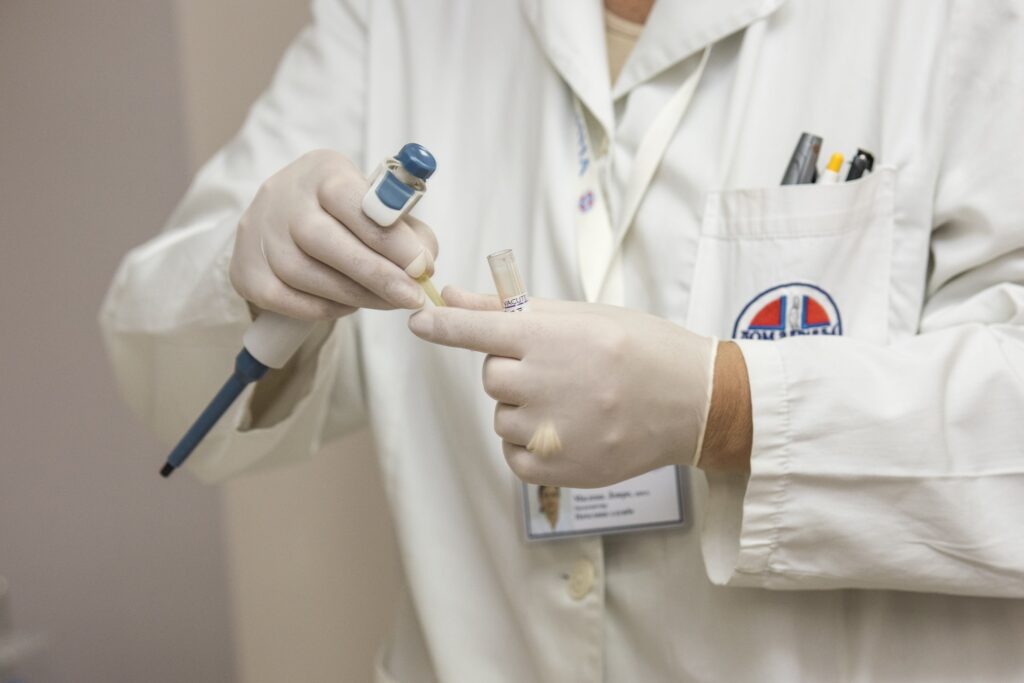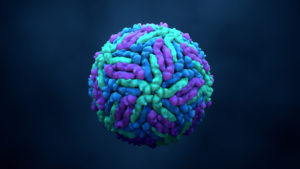Abstract
Platelet-rich plasma (PRP) injections have gained popularity as a non-surgical intervention for androgenetic alopecia and other forms of hair loss. The addition of ACell, a porcine-derived extracellular matrix, is purported to enhance the regenerative effects of PRP by providing a scaffold for tissue repair. However, the combination of PRP and ACell matrix introduces potential risks and complications that warrant critical examination. This article evaluates the safety concerns associated with this combined therapy, including infection, immune reactions, inconsistent efficacy, and regulatory challenges, emphasizing the need for rigorous clinical evidence to guide its use.
Introduction
Hair loss affects millions globally, prompting the development of various therapeutic modalities. Platelet-rich plasma (PRP) therapy involves the autologous injection of concentrated platelets to stimulate hair follicle regeneration, leveraging growth factors such as vascular endothelial growth factor (VEGF) and platelet-derived growth factor (PDGF). ACell, a porcine bladder-derived extracellular matrix, is sometimes combined with PRP to purportedly enhance tissue regeneration by providing a structural framework for cellular activity. Despite its theoretical benefits, the combination of PRP and ACell raises safety concerns that have not been adequately addressed in the literature. This article explores the potential dangers of this combined approach, drawing on available evidence and clinical considerations.
Mechanisms and Rationale for PRP and ACell Use
PRP is prepared by centrifuging a patient’s blood to isolate a platelet-rich fraction, which is then injected into the scalp to promote hair growth. The growth factors released by platelets are believed to stimulate dormant hair follicles, improve vascularization, and prolong the anagen (growth) phase of the hair cycle. ACell, composed of collagen and other extracellular matrix components, is marketed as a regenerative scaffold that supports tissue repair and enhances the effects of PRP. Proponents suggest that ACell may prolong the bioactivity of PRP by providing a sustained release of growth factors and recruiting stem cells to the treatment site.
However, the precise mechanisms by which ACell augments PRP remain poorly understood, and clinical data supporting this combination for hair loss are limited. The lack of standardized protocols for PRP preparation and ACell integration further complicates the assessment of safety and efficacy.
Potential Risks and Complications
1. Infection
The preparation and administration of PRP involve multiple steps, including blood draw, centrifugation, and injection, each carrying a risk of contamination. While PRP is autologous and generally considered low-risk for infection, the addition of ACell introduces a xenogeneic (animal-derived) product, increasing the potential for microbial contamination or transmission of zoonotic pathogens. Improper sterilization or handling of ACell can exacerbate this risk. Reported cases of localized infections following PRP injections, though rare, underscore the need for stringent aseptic techniques, particularly when combining with a biologic scaffold like ACell.
2. Immune and Allergic Reactions
ACell’s porcine origin raises concerns about immunogenicity. Although ACell is processed to remove cellular components, residual porcine antigens may trigger immune responses in susceptible individuals. Hypersensitivity reactions, including erythema, swelling, or granuloma formation, have been reported with extracellular matrix products in other applications (e.g., wound healing). For hair loss treatment, where repeated injections are common, the risk of sensitization may increase over time. Patients with a history of allergies or autoimmune conditions may be particularly vulnerable, yet screening protocols are often inadequate.
3. Inconsistent Efficacy and Tissue Reactions
The efficacy of PRP for hair loss remains controversial, with studies showing variable outcomes depending on preparation methods, platelet concentration, and patient factors. The addition of ACell further complicates predictability, as its interaction with PRP may lead to heterogeneous tissue responses. For example, excessive collagen deposition or fibrosis at injection sites could theoretically alter scalp tissue dynamics, potentially impairing hair follicle function rather than enhancing it. Anecdotal reports of scalp nodularity or scarring following combined PRP-ACell treatments highlight the need for long-term safety data.
4. Regulatory and Ethical Concerns
In many regions, PRP and ACell are used off-label for hair loss, as neither is specifically approved for this indication by regulatory bodies such as the U.S. Food and Drug Administration (FDA). ACell is FDA-approved for wound healing and surgical applications but not for cosmetic purposes like hair restoration. The lack of regulatory oversight for compounded biologics raises concerns about product quality, consistency, and informed consent. Patients may be unaware of the experimental nature of PRP-ACell therapy, particularly when marketed as a cutting-edge solution by clinics with commercial interests.
5. Pain and Procedural Complications
PRP injections, with or without ACell, are associated with procedural discomfort, including pain, bruising, and transient swelling. The addition of ACell may increase injection viscosity, necessitating larger needles or higher injection pressures, which can exacerbate tissue trauma. Rare but serious complications, such as nerve injury or vascular occlusion, have been reported with scalp injections, particularly when performed by inadequately trained practitioners.
Discussion
The theoretical synergy of PRP and ACell for hair loss treatment is appealing, yet the paucity of high-quality clinical trials limits evidence-based conclusions about safety and efficacy. Most studies on PRP for hair loss are small, non-randomized, or lack long-term follow-up, and even fewer address the PRP-ACell combination. The risks of infection, immune reactions, and tissue complications are particularly concerning given the elective nature of hair loss treatment, where patient safety must be paramount.
Standardization of PRP preparation (e.g., platelet concentration, activation methods) and ACell dosing is critical to minimizing variability and adverse events. Additionally, pre-treatment screening for allergies, autoimmune disorders, or coagulopathies could reduce complications. Clinicians must also navigate ethical challenges, ensuring patients are fully informed of the experimental status and potential risks of PRP-ACell therapy.
Future Directions
Prospective, randomized controlled trials are urgently needed to evaluate the safety and efficacy of PRP combined with ACell for hair loss. These studies should include standardized protocols, long-term follow-up, and robust safety endpoints, such as rates of infection, immune reactions, and tissue changes. Regulatory bodies should clarify guidelines for the use of biologics in cosmetic applications, balancing innovation with patient protection. Until such evidence is available, clinicians should approach PRP-ACell therapy with caution, prioritizing patient safety and transparency.
Conclusion
While PRP injections combined with ACell matrix hold promise for hair loss treatment, the potential dangers—ranging from infection and immune reactions to inconsistent outcomes and regulatory uncertainties—cannot be overlooked. The lack of rigorous clinical data underscores the need for caution in adopting this therapy. Healthcare providers must weigh the theoretical benefits against documented risks, ensuring informed decision-making and adherence to the highest standards of patient care.
References
1. Cervelli, V., et al. (2014). The effect of autologous platelet-rich plasma on hair regrowth in patients with androgenetic alopecia. *Stem Cells Translational Medicine*, 3(11), 1313-1319.
2. Gentile, P., & Garcovich, S. (2020). Systematic review of platelet-rich plasma use in androgenetic alopecia compared with minoxidil, finasteride, and dutasteride. *Journal of Cosmetic Dermatology*, 19(5), 1049-1057.
3. Badylak, S. F. (2014). Xenogeneic extracellular matrix as a scaffold for tissue reconstruction. *Transplant Immunology*, 12(3-4), 367-377.
4. U.S. Food and Drug Administration. (2023). Regulatory considerations for human cells, tissues, and cellular and tissue-based products. Retrieved from [FDA website].
5. Gupta, A. K., & Carviel, J. (2016). A mechanistic model of platelet-rich plasma treatment for androgenetic alopecia. *Dermatologic Surgery*, 42(12), 1335-1339.






